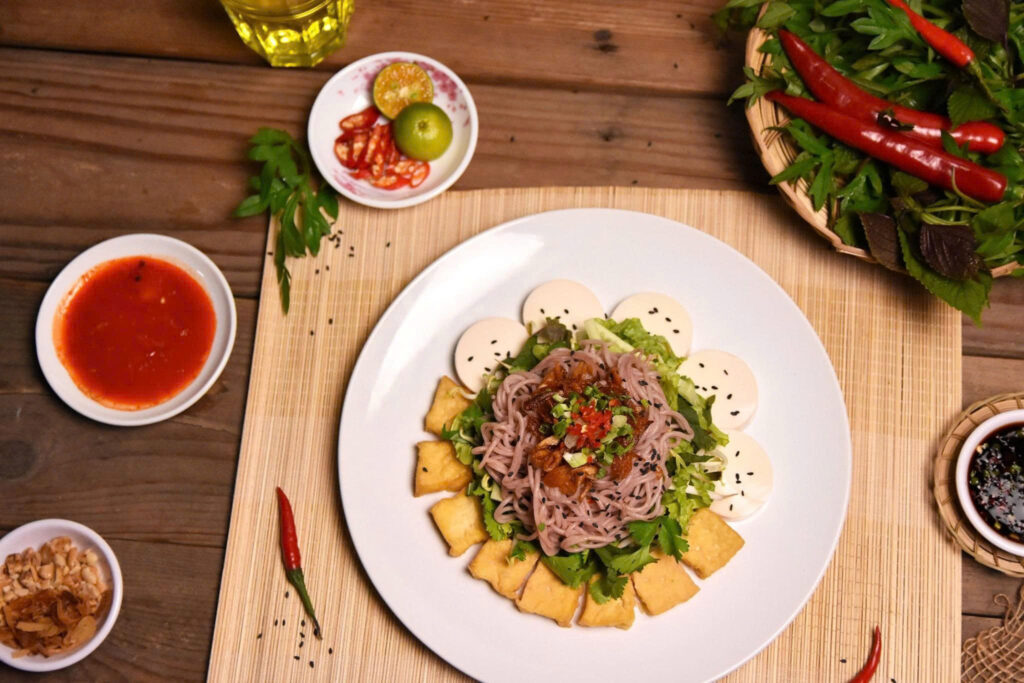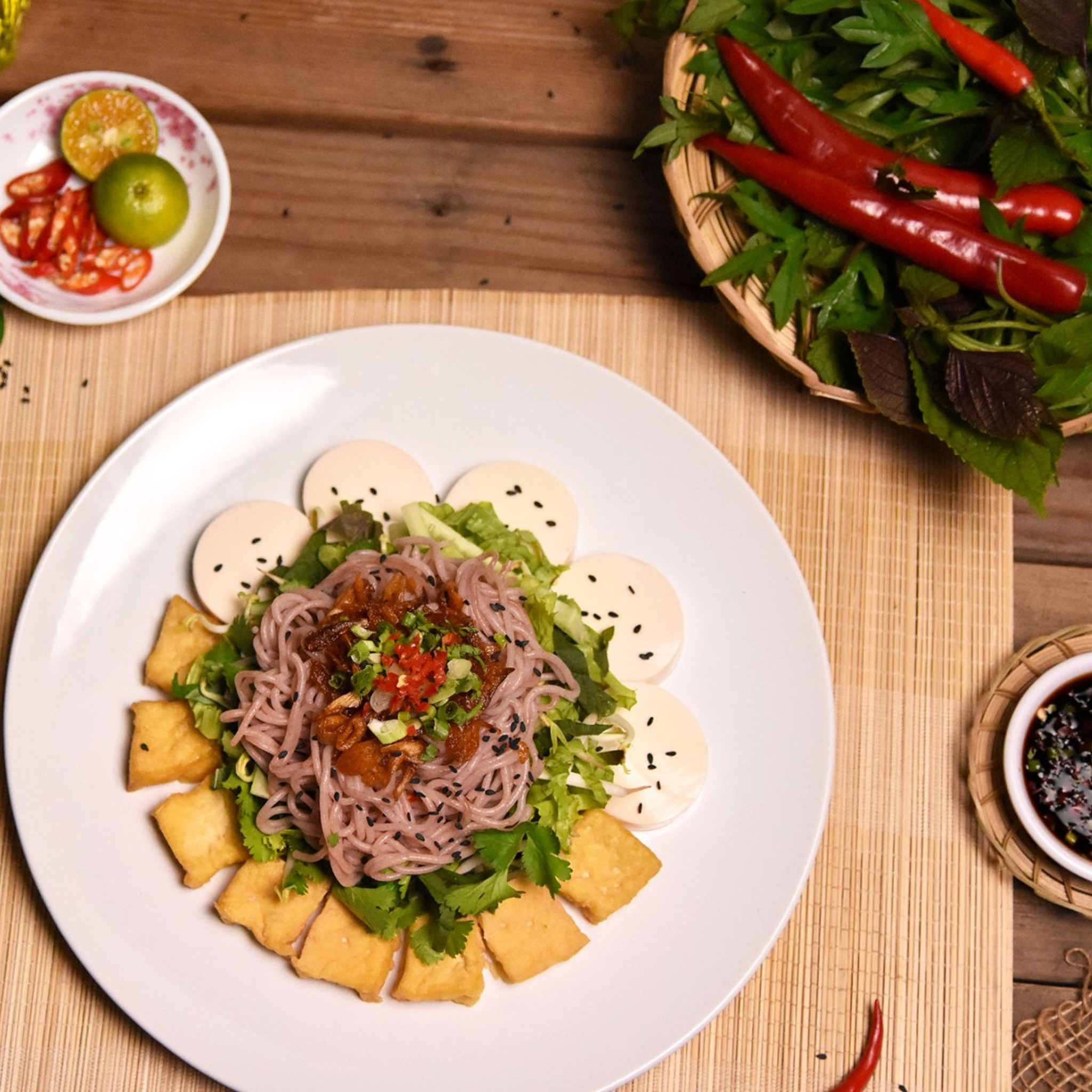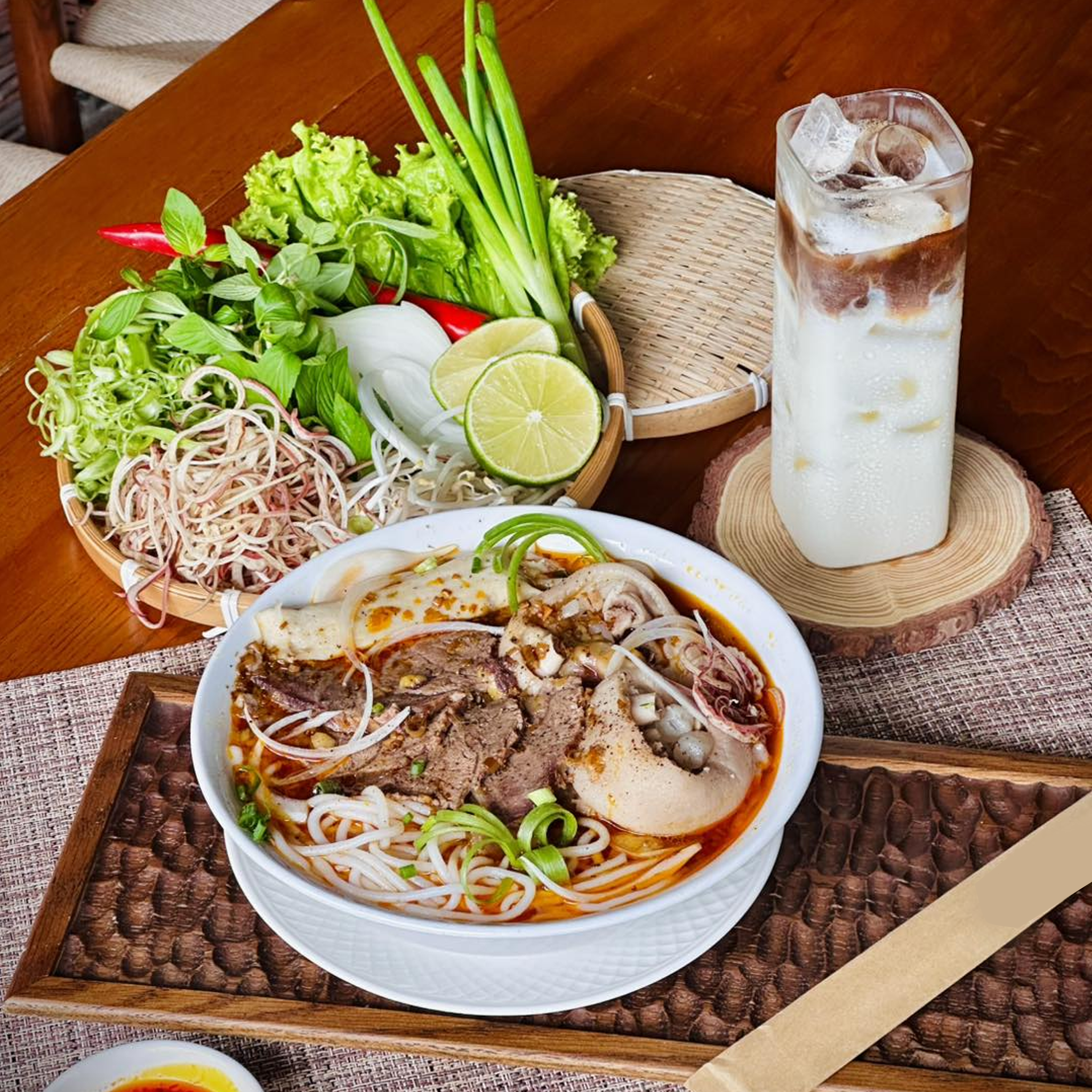In Vietnamese cuisine, both bún (rice vermicelli) and phở are familiar dishes, found everywhere from family meals to street stalls and restaurants. However, many people often confuse rice vermicelli with bánh phở, since both are made from rice. So, what makes them different, and which one should you choose for your meal? Let’s find out.
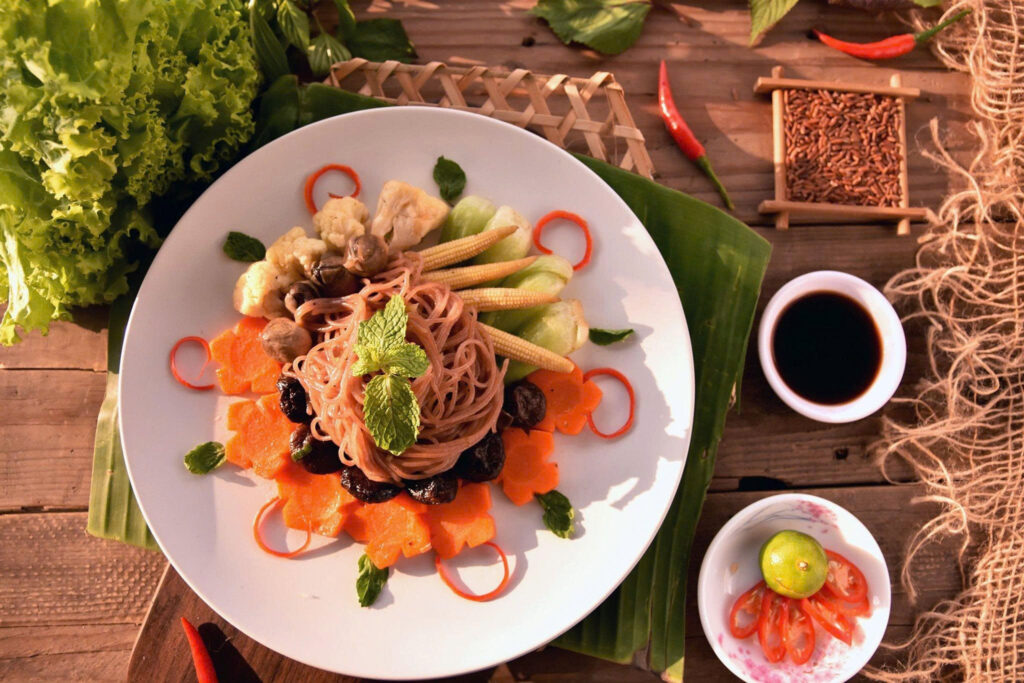
1. Ingredients and Processing
Rice Vermicelli:
Made from rice flour (often blended with a little corn starch for extra chewiness). Rice vermicelli can be found in dried form (packaged, easy to store) or fresh. Once cooked, the dried noodles turn translucent, chewy yet tender, and pair well with many ingredients.
Example: Jimmy Rice Vermicelli is made from 89% rice flour and 11% corn starch – retaining the natural sweetness of rice and a pleasant chewiness.
Pho Noodles:
Made mainly from finely ground non-glutinous rice, then steamed into thin sheets and cut into flat, wide strips. Unlike vermicelli, pho noodles are usually only available fresh and should be consumed quickly.
2. Shape and Texture
Rice Vermicelli:
Thin, round strands, usually white and either translucent or slightly opaque. When cooked properly, the noodles don’t break apart, stay slightly chewy, and are suitable for both soupy and stir-fried dishes.
Pho Noodles:
Flat, wide, and softer than vermicelli. Because of their broader surface, pho noodles allow diners to better appreciate the rice flavor.
3. Culinary Uses
Rice Vermicelli:
Extremely versatile — can be used in soups, stir-fries, salads, or fresh rolls.
Examples: vermicelli in broth, stir-fried rice vermicelli with seafood, or fresh spring rolls with vermicelli.
With its convenience, Jimmy Rice Vermicelli takes only 15–20 minutes to prepare, making it ideal for busy people.
Pho Noodles:
Primarily used for traditional pho soups or stir-fried pho. The most popular are pho bo (beef pho) and pho ga (chicken pho), where the flat noodles soak up the clear, flavorful broth.
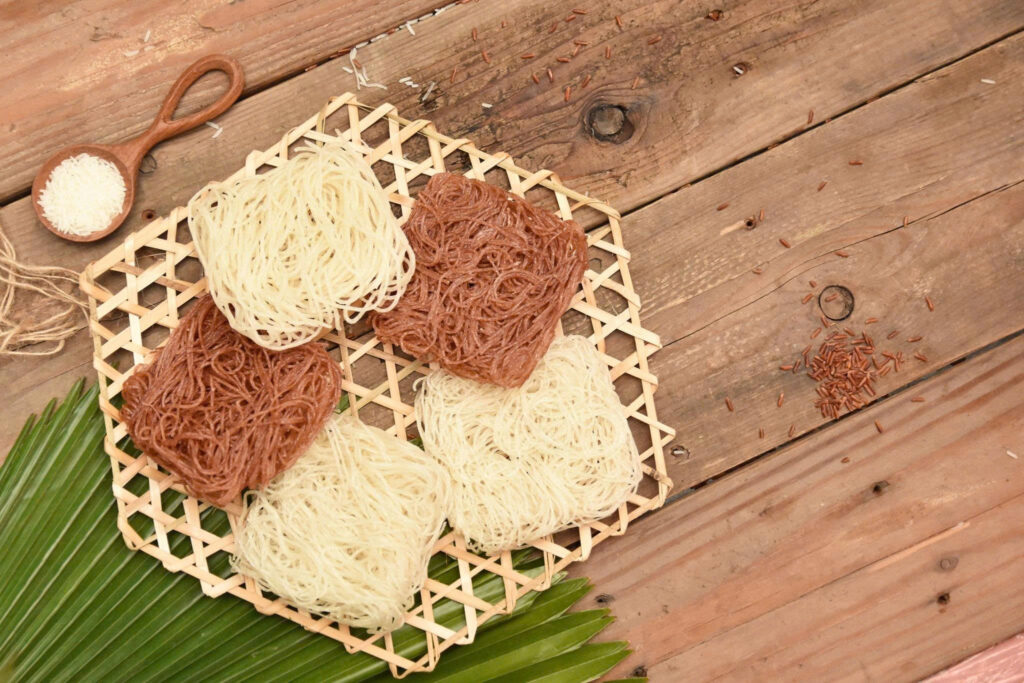
4. Nutritional Value
Rice Vermicelli:
A healthy source of carbohydrates, low in fat, and easy to digest. Brown rice vermicelli (like Jimmy Brown Rice Vermicelli) is even richer in fiber and vitamins, beneficial for heart health and weight management.
Pho Noodles:
High in starch, providing lots of energy. However, since they contain little fiber, pho is usually served with plenty of fresh herbs and vegetables for a more balanced meal.
5. When to Choose Rice Vermicelli vs. Pho
Choose rice vermicelli if you want a flexible ingredient that can be made into a variety of dishes (soups, stir-fries, rolls, salads). Dried vermicelli, like Jimmy Rice Vermicelli, is also easy to store and handy to keep in your kitchen.
Choose pho noodles if you want to enjoy a traditional dish with a stronger rice flavor, such as beef or chicken pho.
6. Conclusion
Both rice vermicelli and pho noodles hold a special place in Vietnamese cuisine, and the choice depends on your needs. If you’re looking for convenience, versatility, and quick preparation, Jimmy Rice Vermicelli is the perfect choice for family meals. With just one pack of Jimmy Rice Vermicelli in your pantry, you can create dozens of delicious dishes — from traditional to modern.
Jimmy Rice Vermicelli – Flexible for every meal, convenient for every family.
